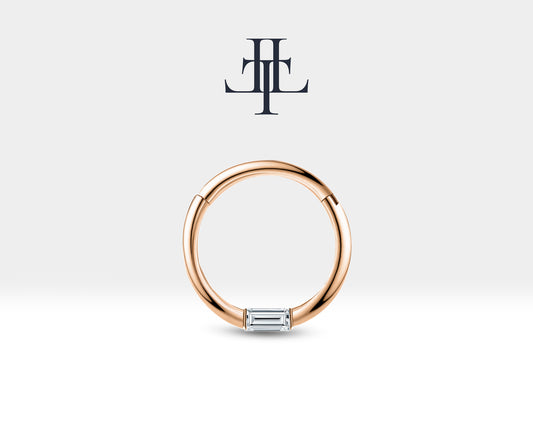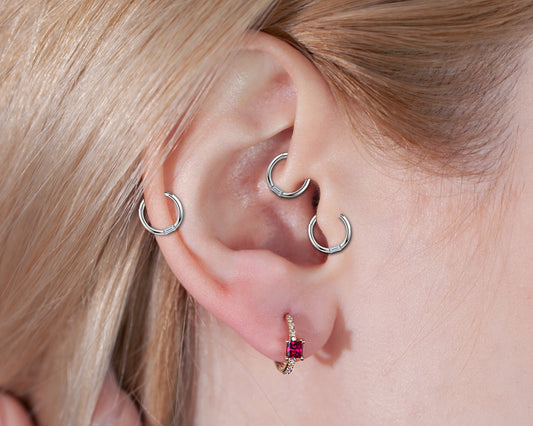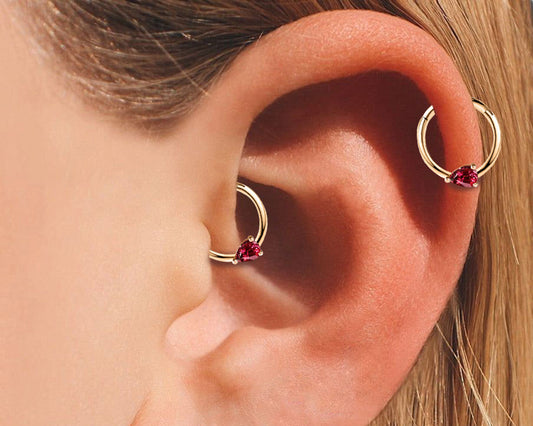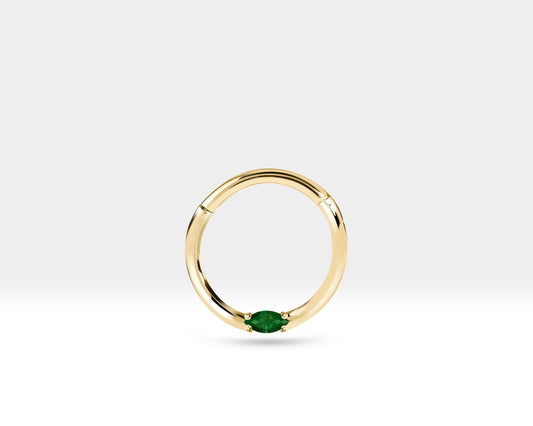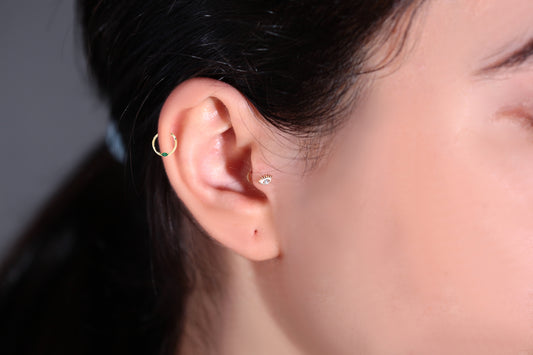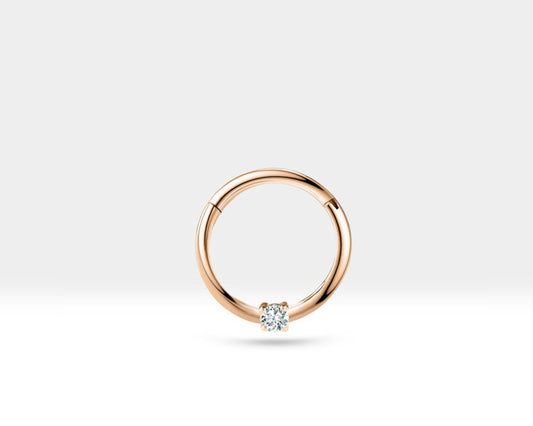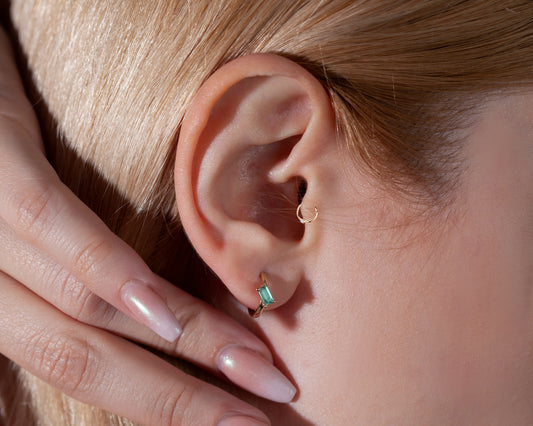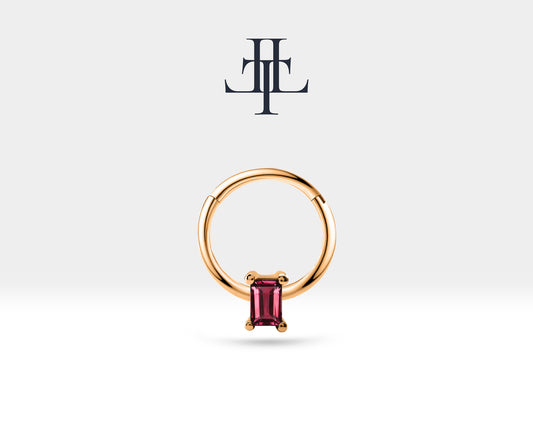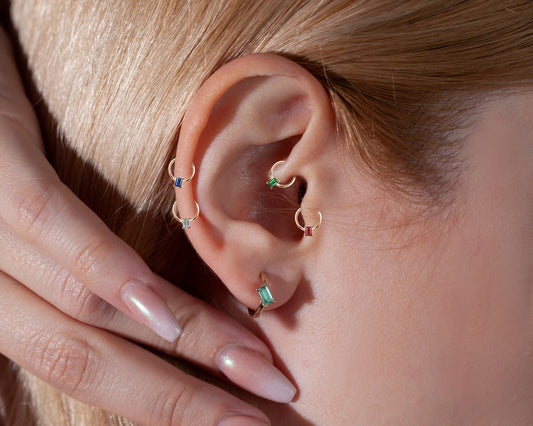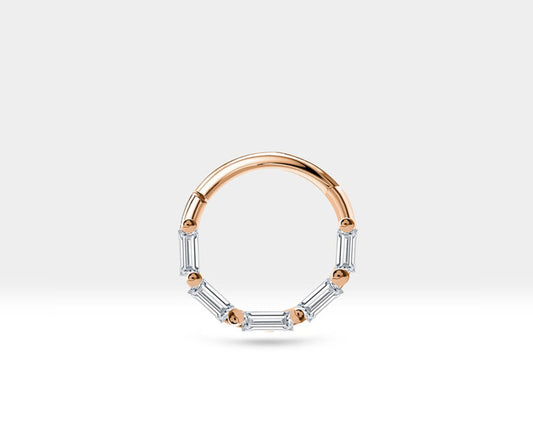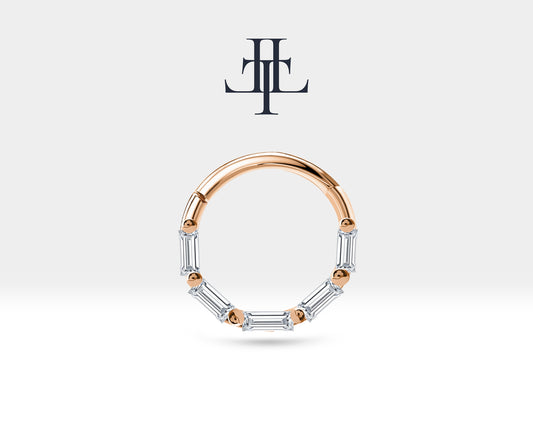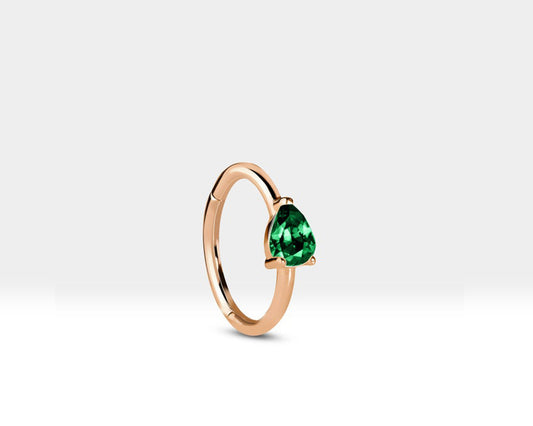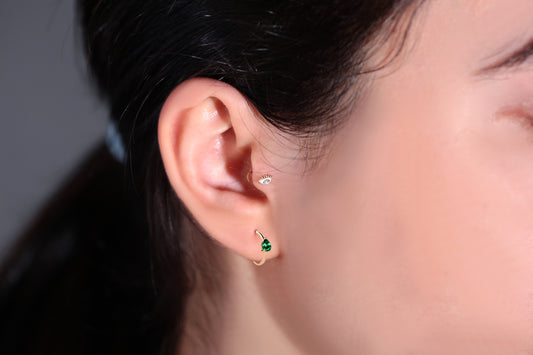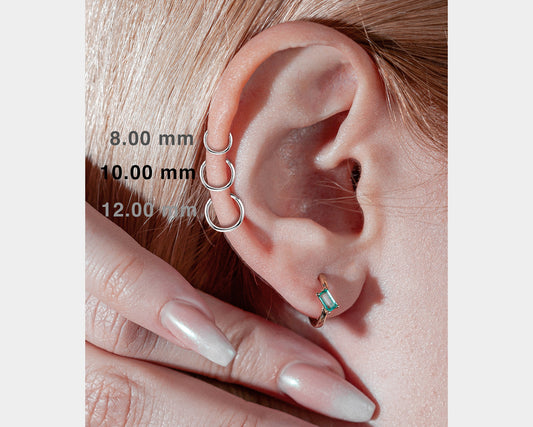Diamond, a mineral composed of pure carbon. It is the hardest naturally occurring substance known; it is also the most popular gemstone. Because of their extreme hardness, diamonds have a number of important industrial applications.
The hardness, brilliance, and sparkle of diamonds make them unsurpassed as gems. In the symbolism of gemstones, the diamond represents steadfast love and is the birthstone for April.Diamond stones are weighed in carats (1 carat = 200 milligrams) and in points (1 point = 0.01 carat). In addition to gem-quality stones, several varieties of industrial diamonds occur, and synthetic diamonds have been produced on a commercial scale since 1960. See also industrial diamond : synthetic diamond.
Diamonds are found in three types of deposits:alluvial gravels,glacial tills, and kimberlite pipes. The kimberlite pipes (such as those at Kimberley, South Africa) form from intrusions of magma into the Earth’s crust and deliver diamonds and other rocks and minerals from the mantle. The pipes themselves are often less than 100 million years old. However, the diamonds they carry were formed 1 to 3.3 billion years ago at depths of more than about 75 miles (120 km). Diamonds found in alluvial and glacial gravels must have been released by fluvial or glacial erosion of the kimberlite matrix and then redeposited in rivers or in glacial till.
How To Buy A Diamond
Tip : 1. Choose Your Diamond Shape
The shape of your diamond is the launching point of your ring’s design. No shape is better than the other—it’s up to your personal preference (or your partner’s).Round Brilliants are the most popular diamond shape for engagement rings and give off the most brilliance.
Pro Tip: You may have heard that round diamonds are the most brilliant shape. And that is true (we say it as well). But that is only one aspect when purchasing a diamond. Your own personal style matters most.
Others prefer a more unique shape like a Cushion cut or an Oval. If you’re unsure what your partner prefers, you can ask her family and friends.
It’s important to choose your desired shape first, since this will determine the target parameters for cut quality, color and clarity. Select a shape to narrow down your search and compare diamonds.
Tip : 2. Select Your Carat Weight
Is your fiance-to-be expecting a 1 or 2 carat diamond ? Are you looking for a stone that’s noticeable but not over the top? There’s no “perfect” carat weight for a diamond, meaning this part of the process is completely down to your personal preferences.
Choose the carat weight range you’re open to considering, such as a 0.95 to a 1.08ct diamond. As carat weight increases, so does the price.
Tip : 3. Narrow Down on Diamond Cut Quality
The aspect that most greatly impacts a diamond’s beauty is its cut quality. Cut grades aren’t standardized across all retailers, but in general, we recommend only Excellent (if a diamond comes with a GIA certificate) and Ideal cut (if graded by the AGS ) diamonds.
You can limit your search for these cut quality grades using the tools provided by our trusted online diamond vendors.
Our Advice
Our advice for cut grade is this: If you are looking for a round brilliant diamond, only search for “Ideal/Excellent” grade diamonds. If you are searching for a fancy shape, however, then it might pay to either include “Premium” or to disregard the cut grade altogether.
This is not to say that cut grade is not important – on the contrary, it’s of utmost importance.
Tip : 4.Determine the Correct Diamond Color Grade Range
The goal with diamond color is to choose a diamond that appears white. But contrary to popular belief, you don’t need to pay for a D or E diamond to get a colorless stone. In general, diamonds in the G to I color range appear colorless to the naked eye, but cost far less.
It is important to remember that different shapes reflect color at different strengths, so your choice of optimal color, balancing the diamond’s appearance with the diamond’s price, will depend greatly on what diamond shape you’ve chosen.
Tip : 5. Select Clarity Grade
For Clarity, you should look for a diamond that’s eye-clean, meaning you can’t see any blemishes or inclusions with the naked eye. Depending on the shape, you can usually find an eye-clean diamond in the VS1-VS2 range. There’s no need to pay for a FL/IF diamond when you can get a lower graded diamond for much less.
Tip : 6. Compare Similar Diamonds
Once you’ve narrowed down your preferred specs for a diamond, compare similar stones to determine which one to buy. You’ll want to consider aspects like how brilliant the diamond is, if it’s eye-clean, and what the price is in comparison to similar diamonds.
Tip : 7. Verify the Certificate
Diamonds are evaluated and graded by professional labs, referred to as grading entities. These are the organizations that give each diamond its specific cut quality, clarity and color grades (as well as many others).
Some diamond grading labs are extremely strict and consistent, while others have questionable standards and are much less reliable. You should consider only GIA Certified Diamonds and AGS Certified Diamonds in your search for a loose diamond.
Tip : 8. Choose an Engagement Ring Setting
Engagement ring settings range from elegant and simple, like the solitaire setting, to ornate and eye-catching, like the halo setting. Each setting offers its own unique identity, as well as distinct advantages and disadvantages.
For example, simple settings such as a solitaire ring are very affordable and great for creating a visual focus on the center diamond itself, while settings that contain halo diamonds can produce the appearance of a larger diamond.
There’s no “best” engagement ring setting, nor is there any “four Cs” for settings — instead, this part of the process is totally subjective. Choose a setting that matches your tastes, preferences and budget and complements the diamond you’ve selected.
Tip : 9. Make the Purchase
Finally, once you feel confident in your diamond, buy it online along with an engagement ring setting of your choice.
With most online jewelers, they offer hassle-free returns within 14 days.If you or your partner aren’t 100% satisfied with the ring, you can get your money back. Almost every reader that goes through our process for picking a diamond is extremely satisfied with their purchase.
Where to Buy an Engagement Ring
If you’ve read our guide to the best places to buy an engagement ring, you’ll know that we’re big believers in purchasing your ring online.
Buying online has several advantages. The biggest is that you’ll get significantly better value for money due to the economics of e-commerce vs. brick-and-mortar retail. In our experience, most brick-and-mortar jewelry stores charge anywhere from 30 to 100% more for their diamonds than trusted online vendors.
The second advantage of buying online is that you’ll have access to a vastly larger inventory of both diamonds and settings. This larger selection makes it easier to find a diamond that meets your specifications.


